In Praise of Salamander Water: Part 1: The Dry Tap
“There’s no water in the kitchen sink,” my wife Julia told me recently and I knew it was one of two things. Our water comes from a spring behind our cabin. Either a salamander or a crayfish had gotten stuck in the plumbing or the cistern that gathered the spring water was empty.
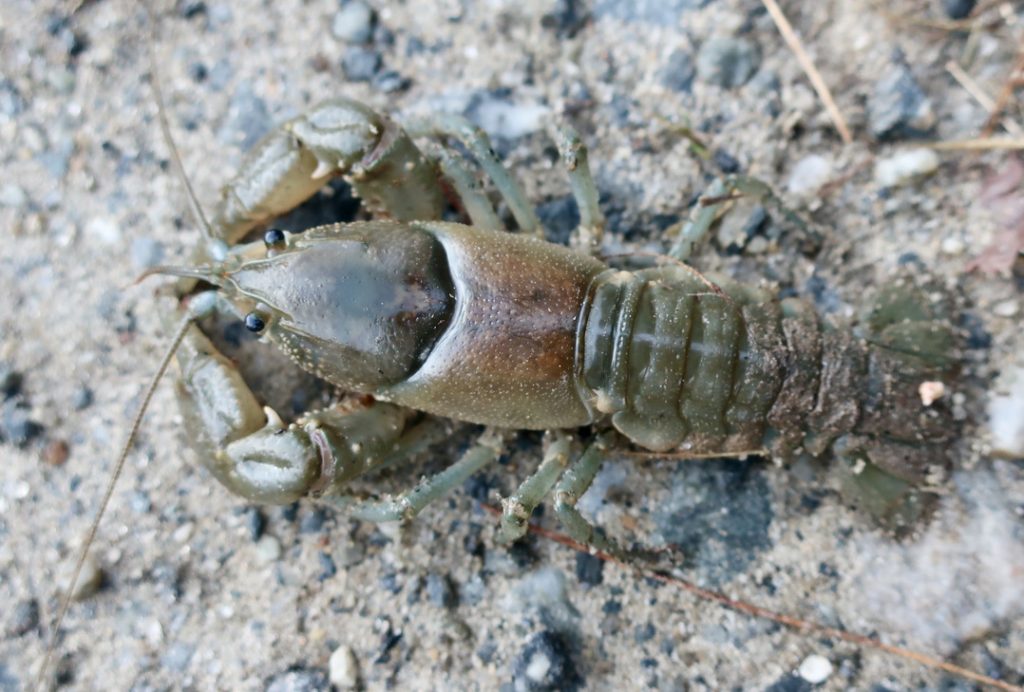
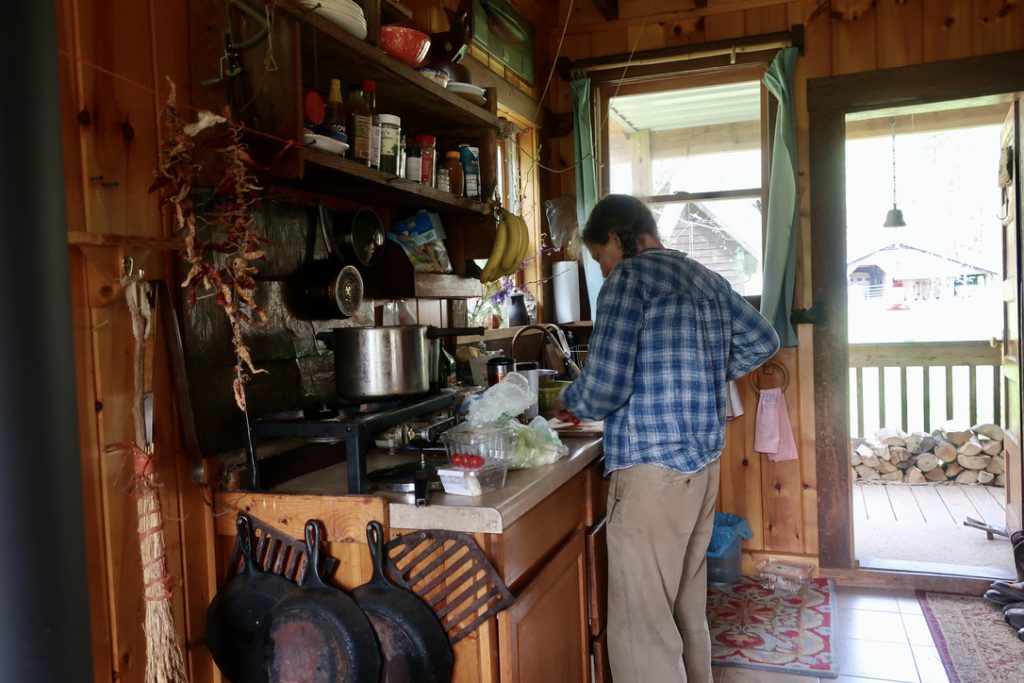
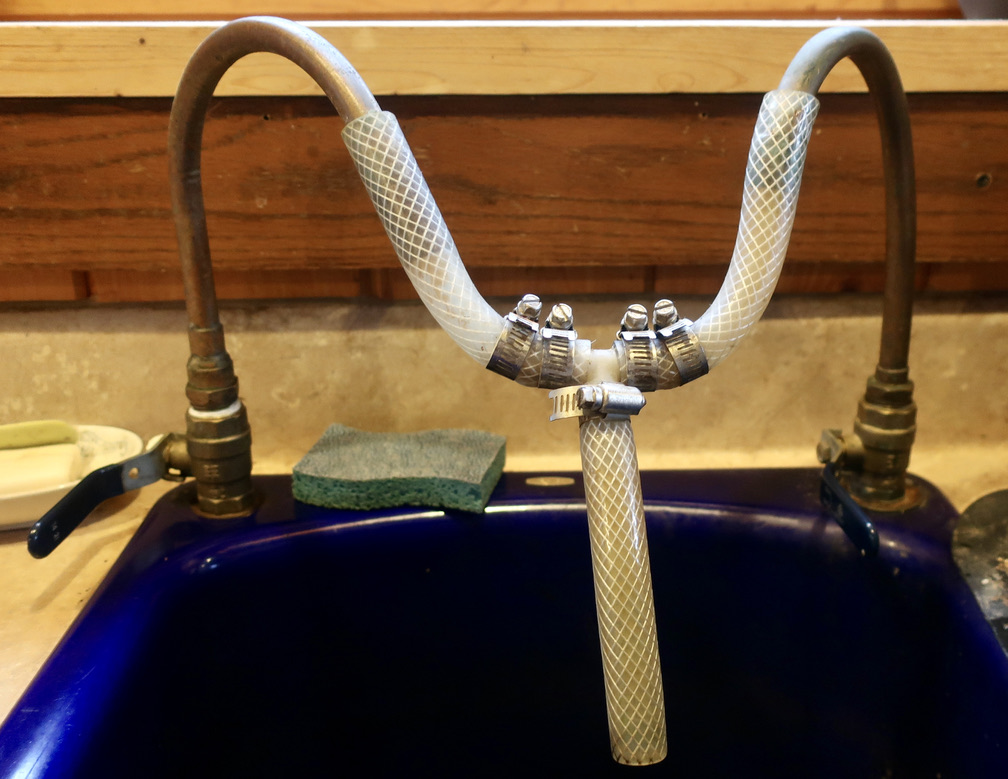
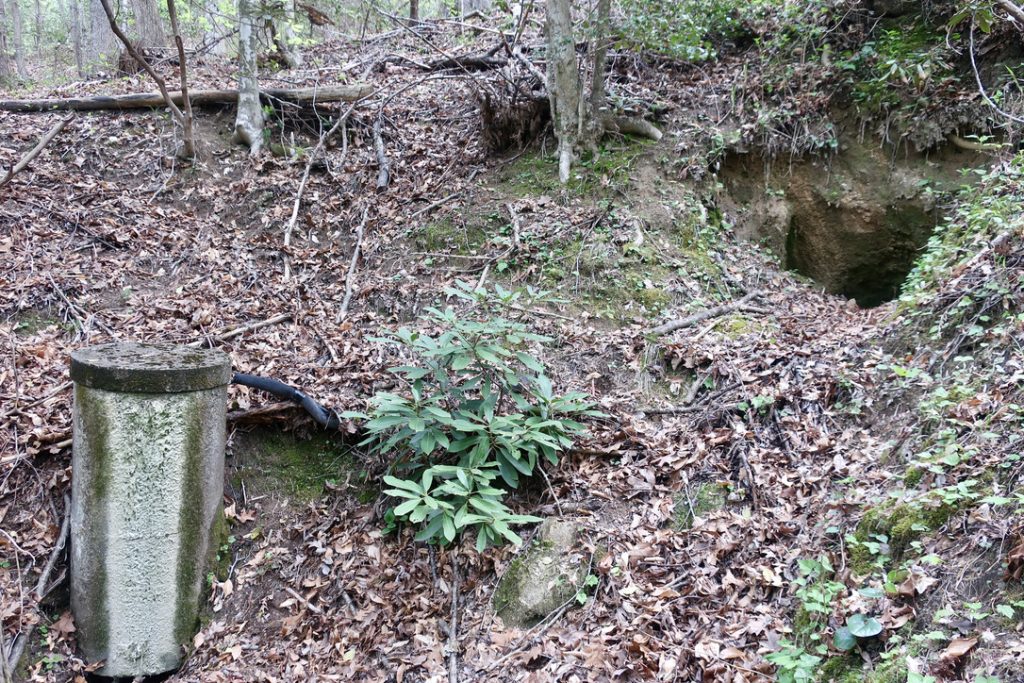
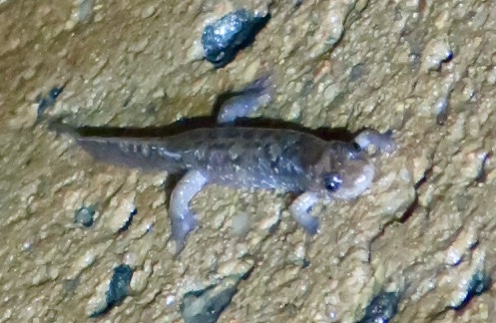
Gravity Water
We have what’s called a gravity water system. Instead of a well and a pump to draw water up from the ground, we get our water from a spring that’s located fifty feet above our house. That’s enough of a drop to make enough pressure to run our sink, toilet and shower. We don’t have a pressure tank or electric pump to pressurise our plumbing. It’s just pure gravity squeezing the water through the pipes.
I don’t know who built the system but I’m sure it’s over fifty years old.
Here’s a diagram of what it looks like.
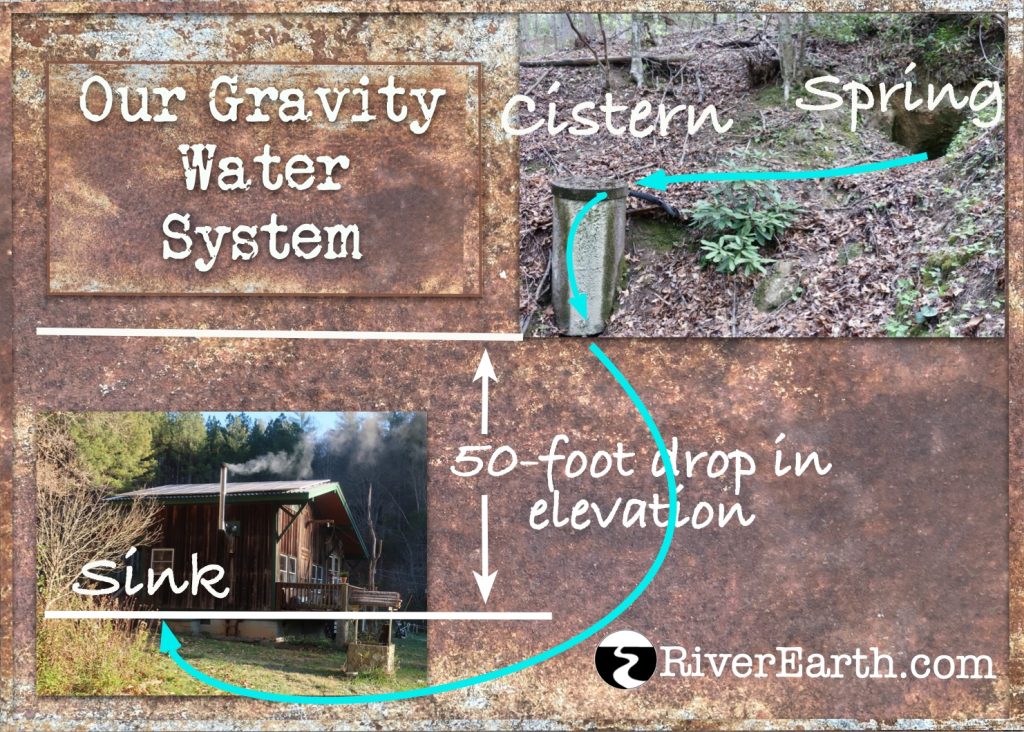
We’ve had our water tested and it’s fine – no heavy metals or chemicals or bacteria we should be worried about. It does come with some stuff the testing lab probably didn’t test for. Earlier this year, Julia filled our dog Snookie’s water bowl. She set it on the porch, had a hard look into it and called me over. “Do you see something funny in Snookie’s water?” she asked.
I had a look. A tiny salamander was crawling along the bottom of the water dish. It was light gray like it hadn’t seen much light in its short life. Somehow it had gotten flushed off the mountain and right into Snookie’s water bowl. Julia fished it out and released it in the creek behind our cabin. We like the boundaries between indoors and outdoors to be as thin as possible.
So when Julia told me we didn’t have water in the kitchen, I figured it was just a larger salamander stuck somewhere in the plumbing. That was easy enough to fix. I’d just climb up the hill behind our house, where the spring and cistern are located, to see what kind of critter was stopping up the waterworks.
I climbed the hill behind our cabin for a look. When I was within earshot of the cistern, I heard the sound of water running inside. That was good. That meant the intake wasn’t plugged up by a salamander or crayfish. I slid the cement cover off the cistern for a look inside. It weighs about a hundred pounds.
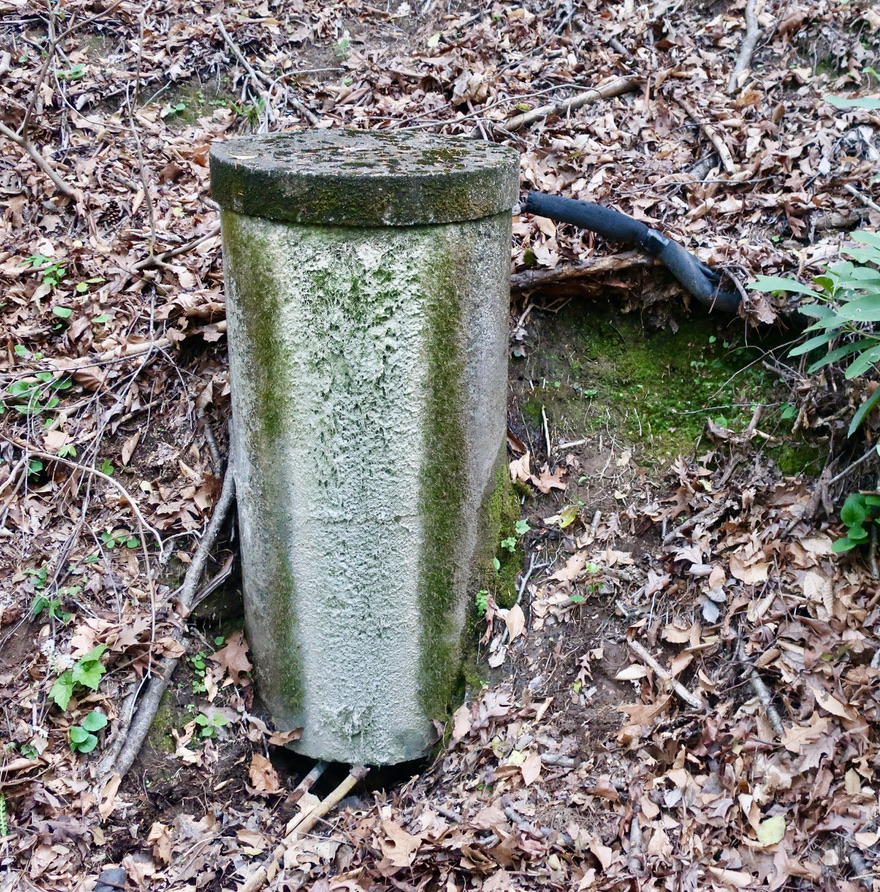
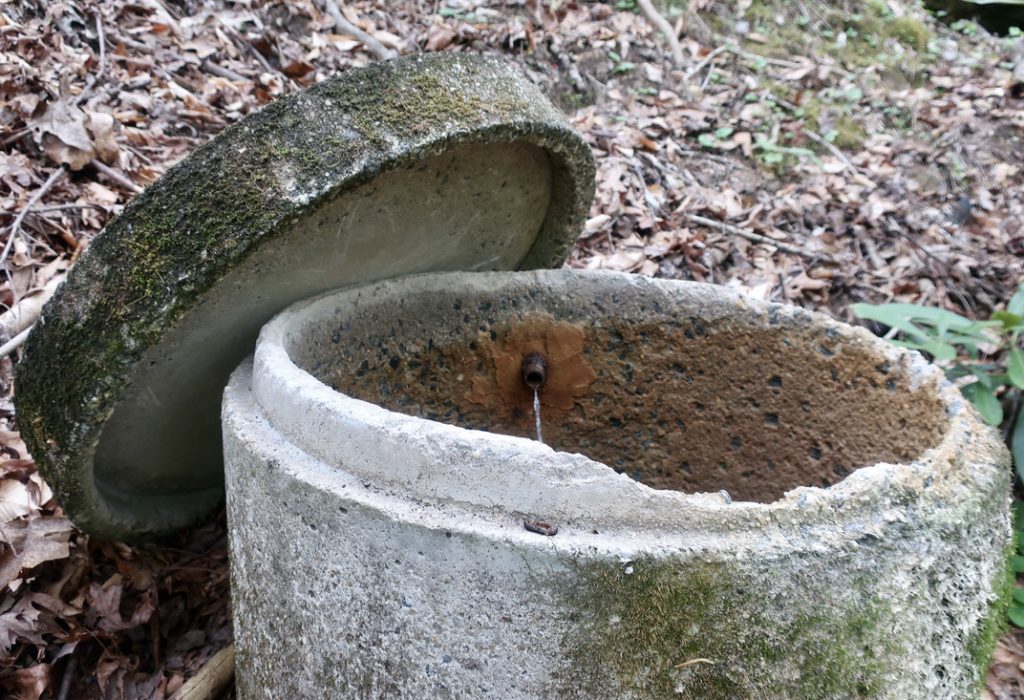
With the top of the cistern slid off, I could look inside. Damn. The cistern was almost empty.
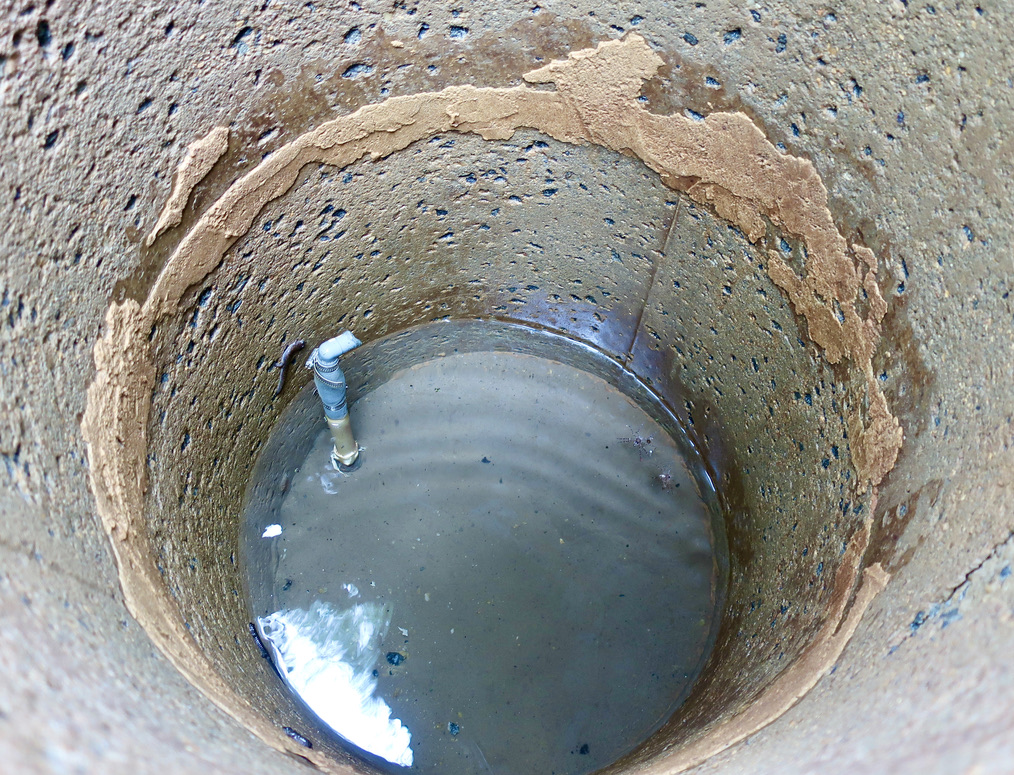
An empty cistern meant the water was leaking out of the bottom of it. The only way to find out was to crawl inside the cistern for a look. I went back to the house, pulled on my rubber boots and prepared myself for this test of flexibility.
The cistern is two feet wide and five feet deep. That makes standing up okay but kneeling almost impossible. I put on my flashlight and lowered myself down inside for a look.
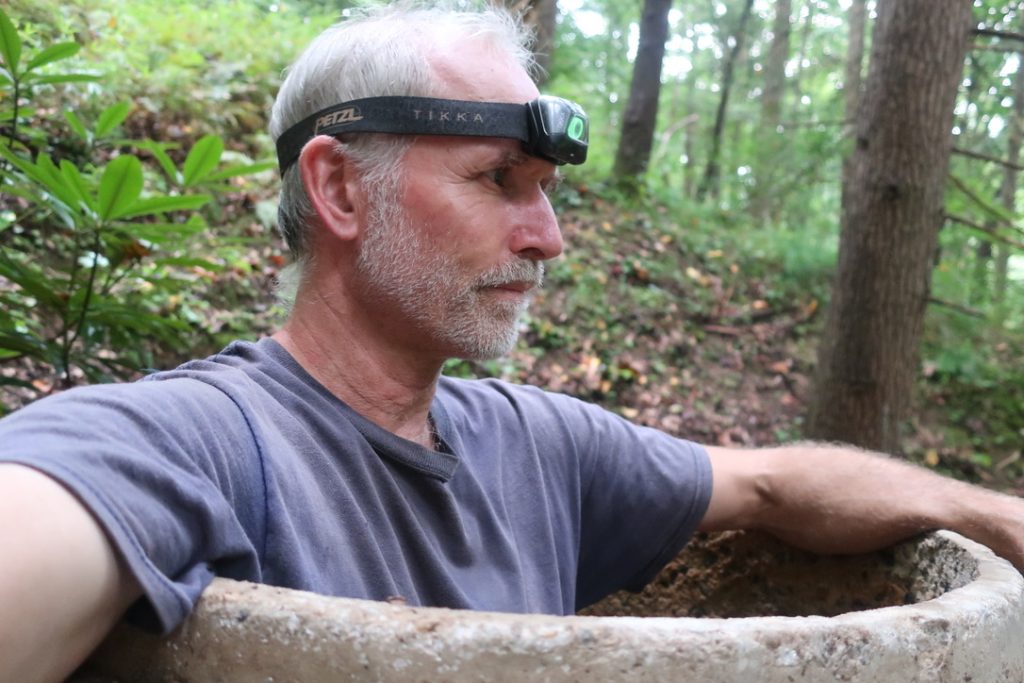
Into the Salamander World
I hunkered down into the cistern. Instead of birds and leaves overhead, I heard splashing from where a stream of spring water was falling into the cistern. The water came halfway up my boots. Three salamanders clung to the wet cistern walls.
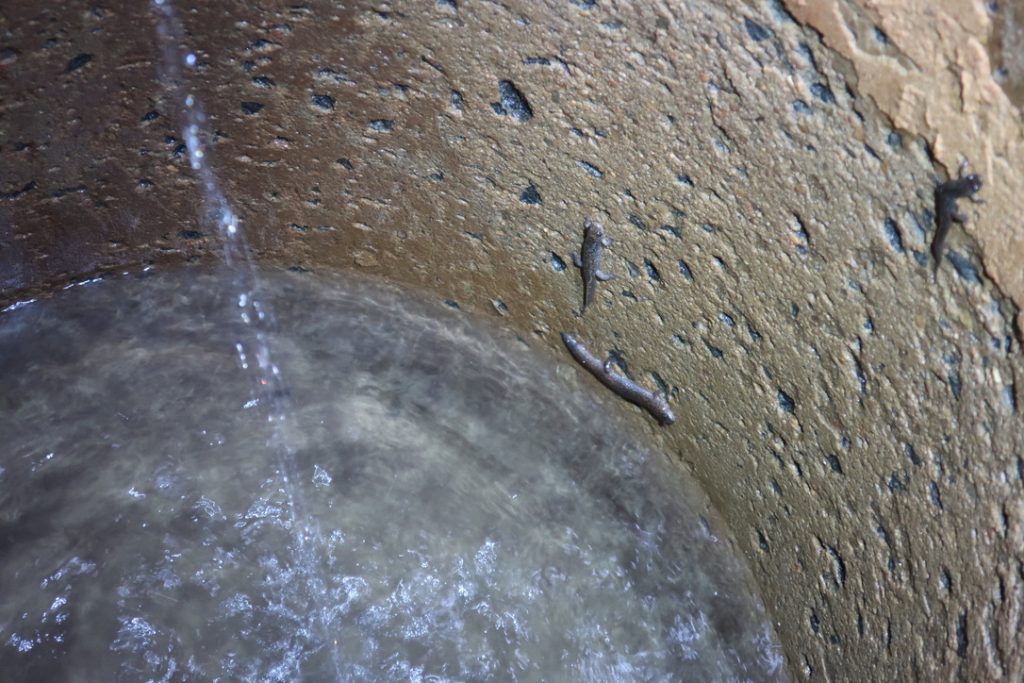
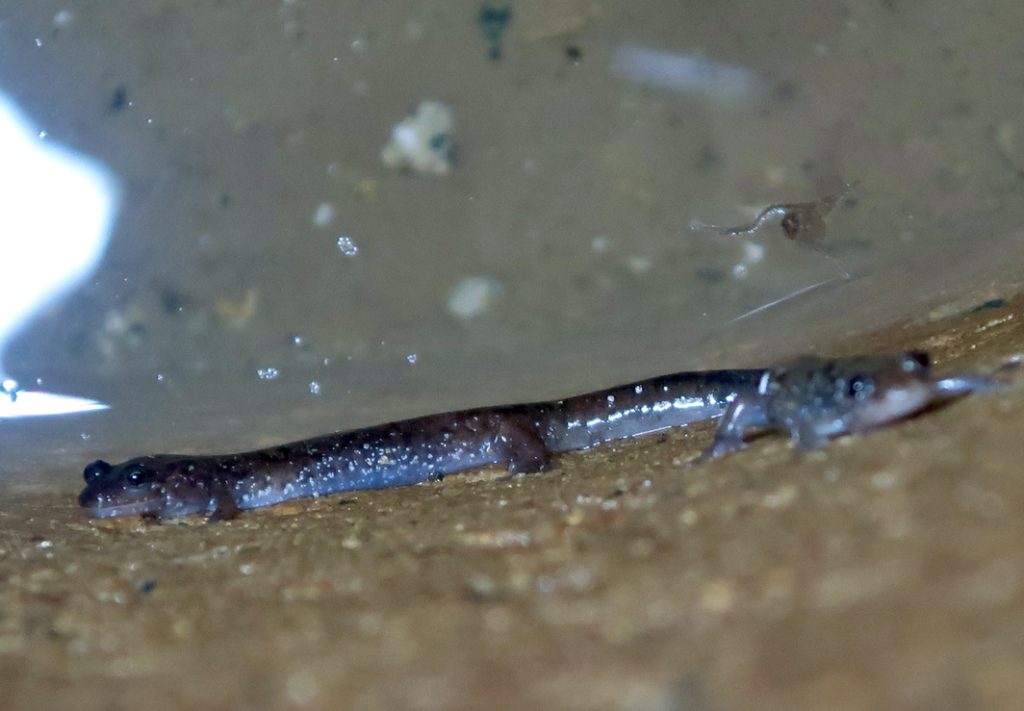
Around here, the old-timers used to call salamanders spring lizards because they lived in their springs. They’re not lizards at all and some people might find them objectionable to be living in your water supply but I’m thrilled that Julia and I have them. Salamanders can only survive in the cleanest of waters. They could never survive chlorinated city water.
So I was happy to see the salamanders and also one large spider next to the water intake.
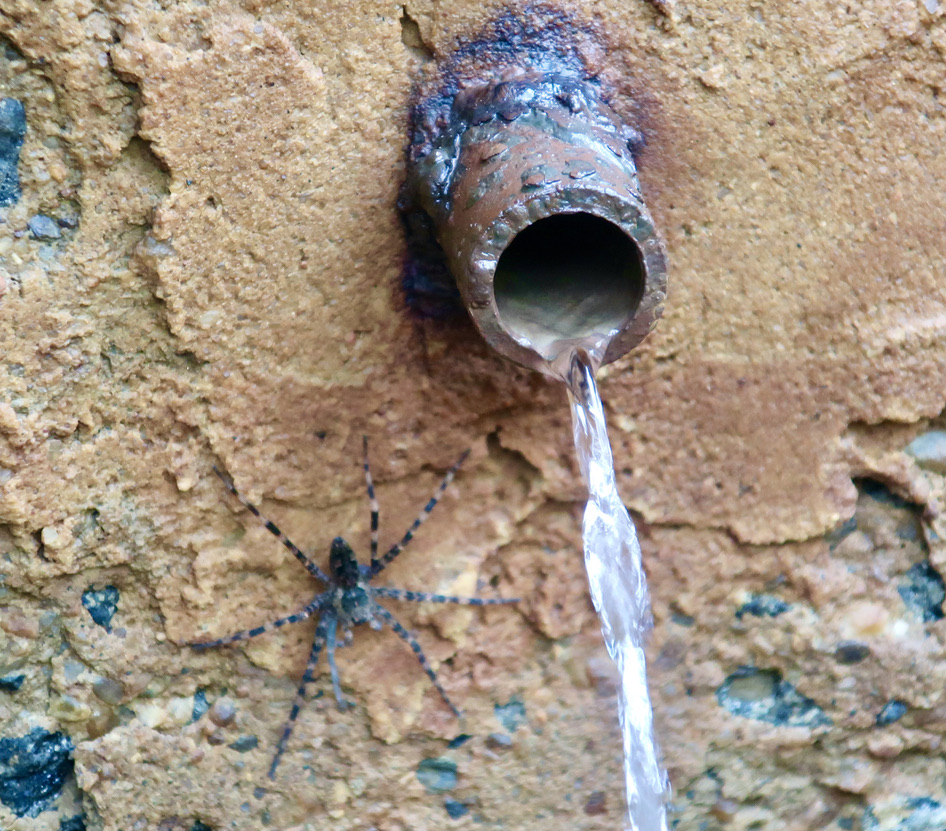
I was less happy with what I found next. I bailed out the bottom of the cistern with a saucepan. Then I had a look at the metal fitting at the bottom of the cistern. It was rusted out. Instead of running from the cistern to our house, the water was running out of the bottom of the cistern.
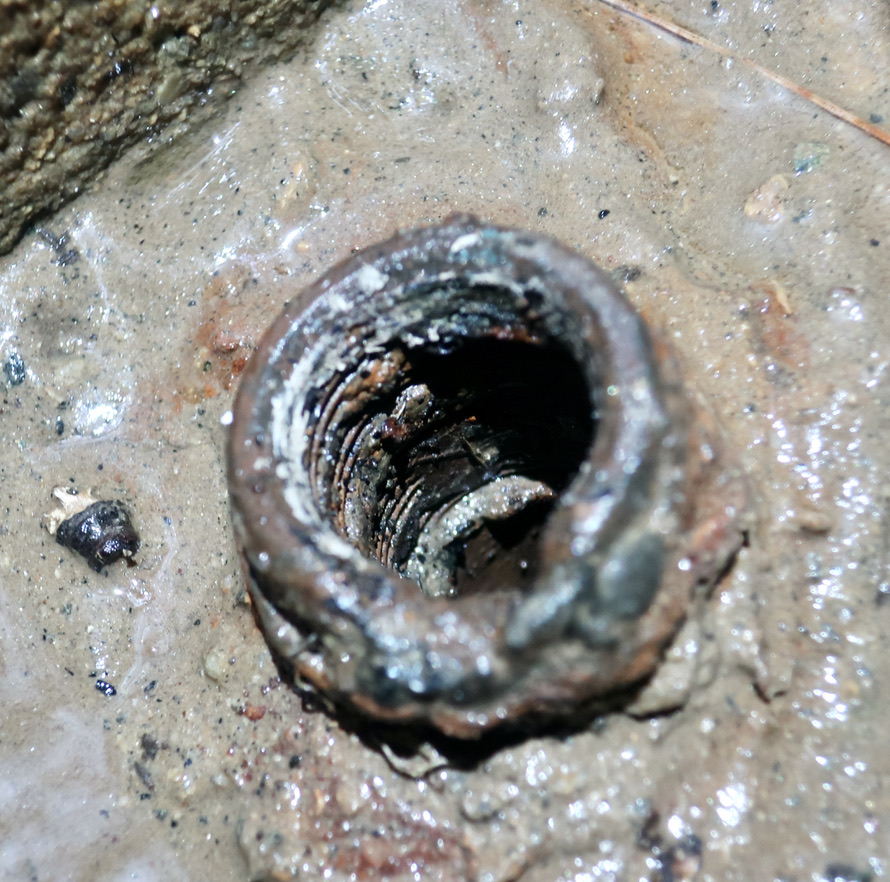
I climbed back out of the cistern and had a look at the base. All the water that had run out of the bottom of the cistern had washed away a bunch of the dirt that was holding the cistern in place.
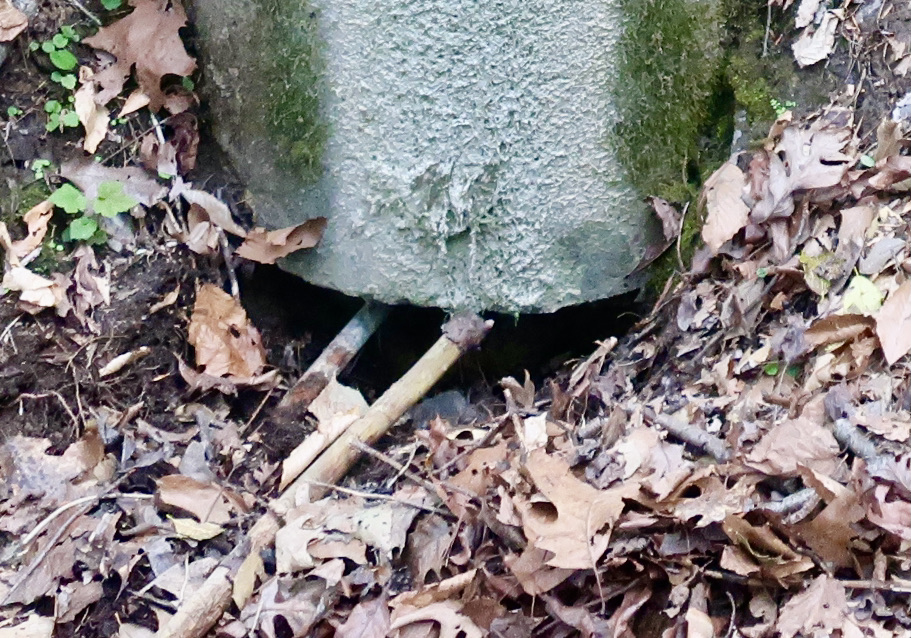
I looked at the cistern from the side and it looked even worse. It was leaning downhill. I didn’t want to fill it back up with water in case the extra weight knocked it over.
Crap. This was turning into a much bigger project than pulling a spring lizard out of a pipe.
I connected the pipe running out of the spring directly to the water pipe that ran to our house, bypassing the cistern. That would make the kitchen sink run again. It would also suck down any salamanders, spiders and crayfish right into our plumbing.
My brother Christian and nephew Alvin were due to arrive in a few days. I’d work on something more permanent with them.
Coming next: recreating Machu Pichu on our hill. You can read all about it right here.
Sign up to Hear When the New Trash to Triumph Book Comes Out
I’d love to give you a heads up when my new book Trash to Triumph comes out.
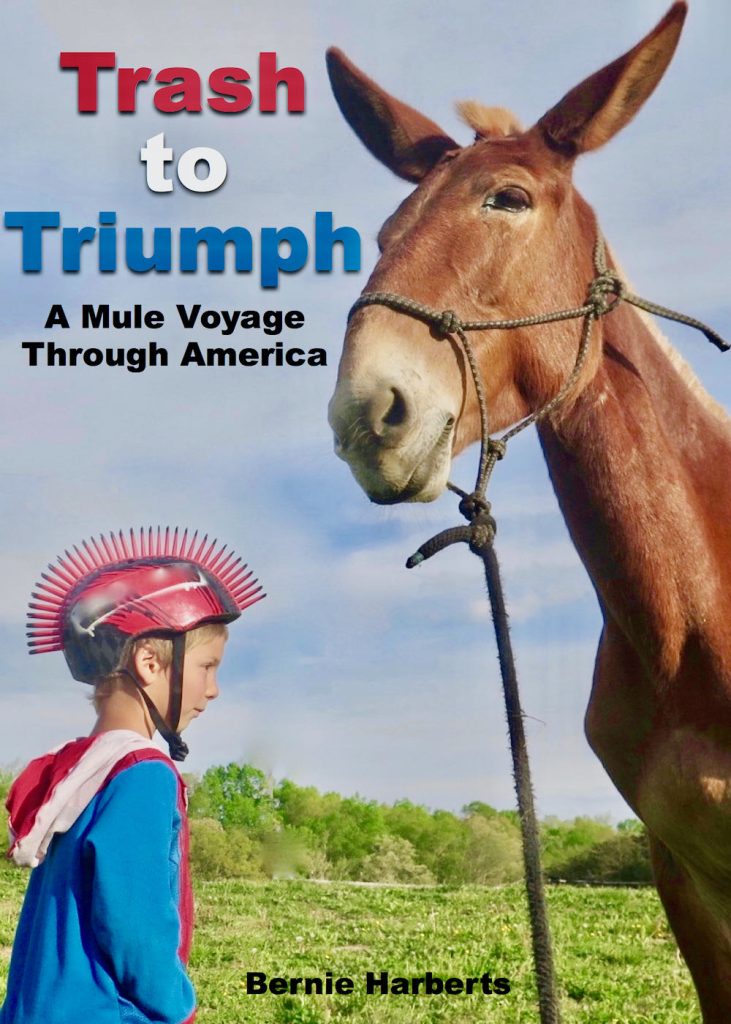
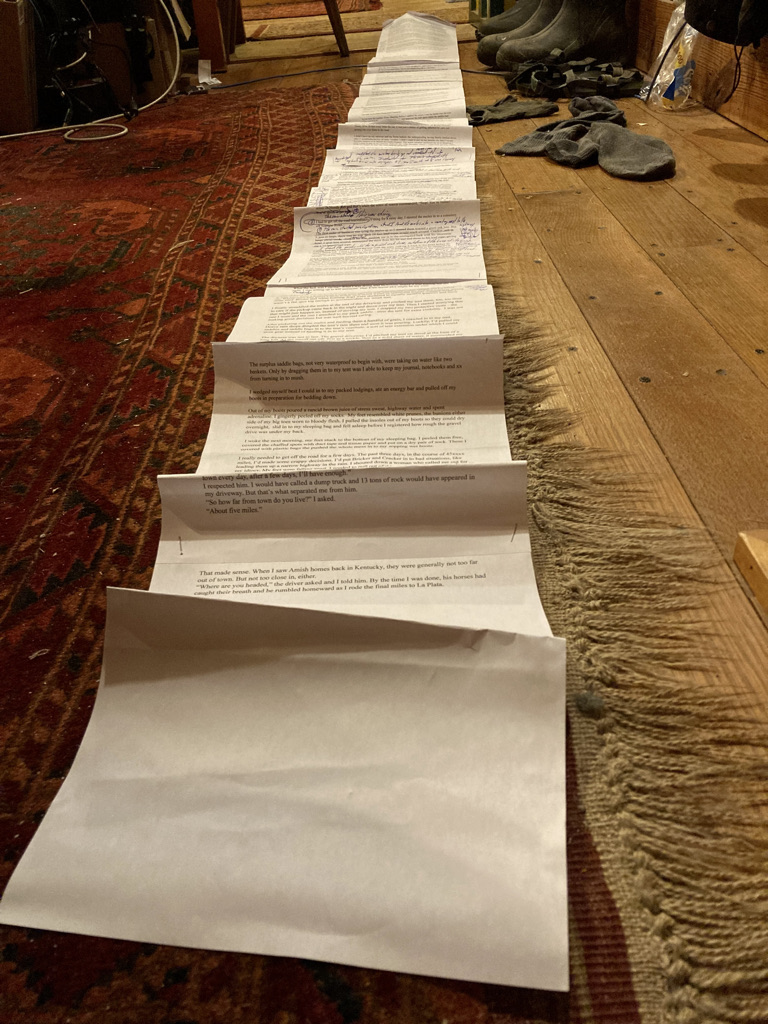
If you haven’t already, just sign up for the RiverEarth.com newsletter and I’ll give you a heads up when the book is published. You can sign up right here.
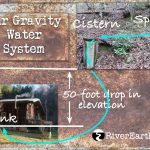
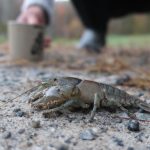
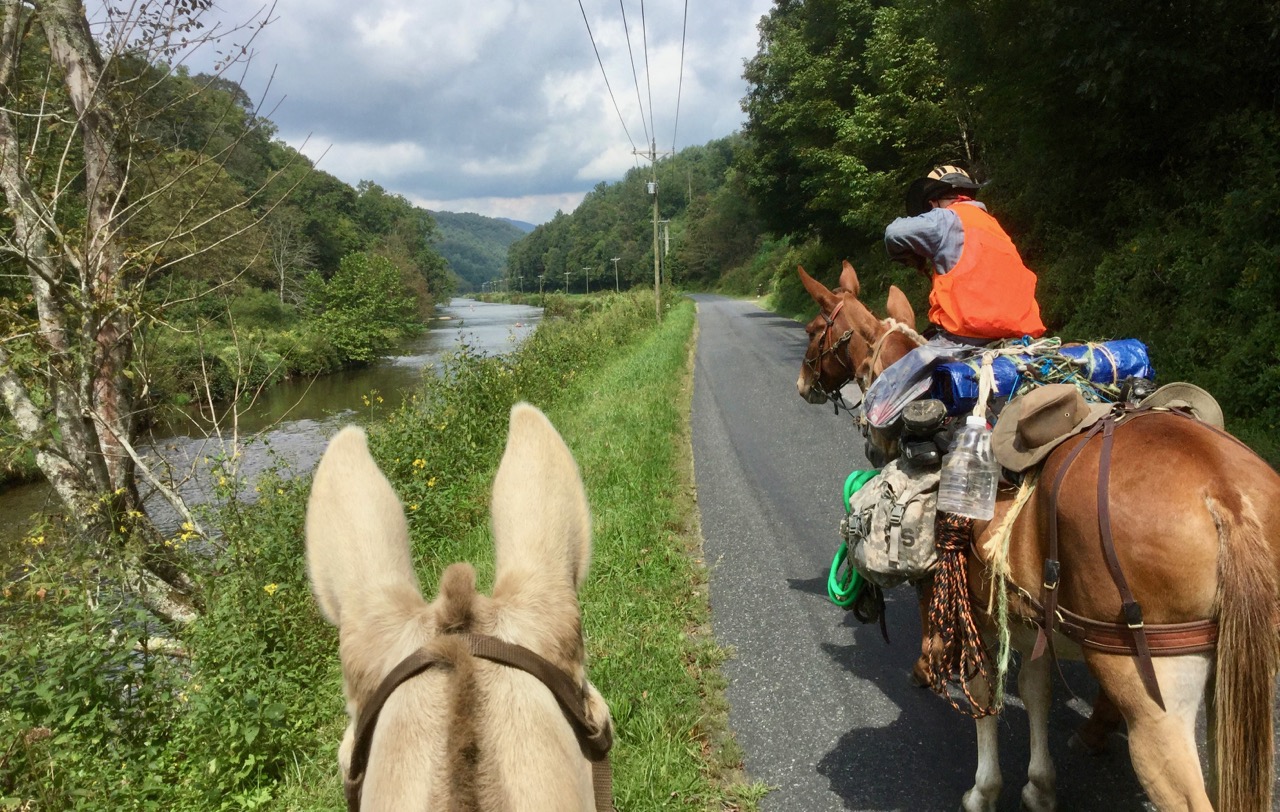

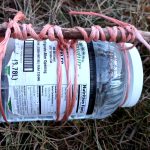






[…] « In Praise of Salamander Water: Part 1: The Dry Tap […]
Oh, the joys of DIY plumbing! We have guests until the 18th, but if you guys need a place anytime after that, for you or Christian, you’re welcome here.
Thanks for the offer Deni. We should be fine. The salamanders are grumpy about the fluctuating cistern water levels so if a bunch of them show up at your place, you’ll know where they came from. All the best in the coming year and a big howdy to Will.
I loved reading this this morning with my coffee, on a beautiful brittle 16° Saturday morning. I never thought I would be looking forward so much to chapter 2 in the adventures of cistern salamanders!
Julia and I wish you were here to enjoy a cup of
salamanderspring water coffee with us Stay tuned for more salamander cistern adventures! BernieWell(!) now you know who done it, next up: what d’ya gonna do about it? Does the cistern survive? What do boiled spring lizards taste like?
C
Nothing half a ton of cement and some house company can’t fix!